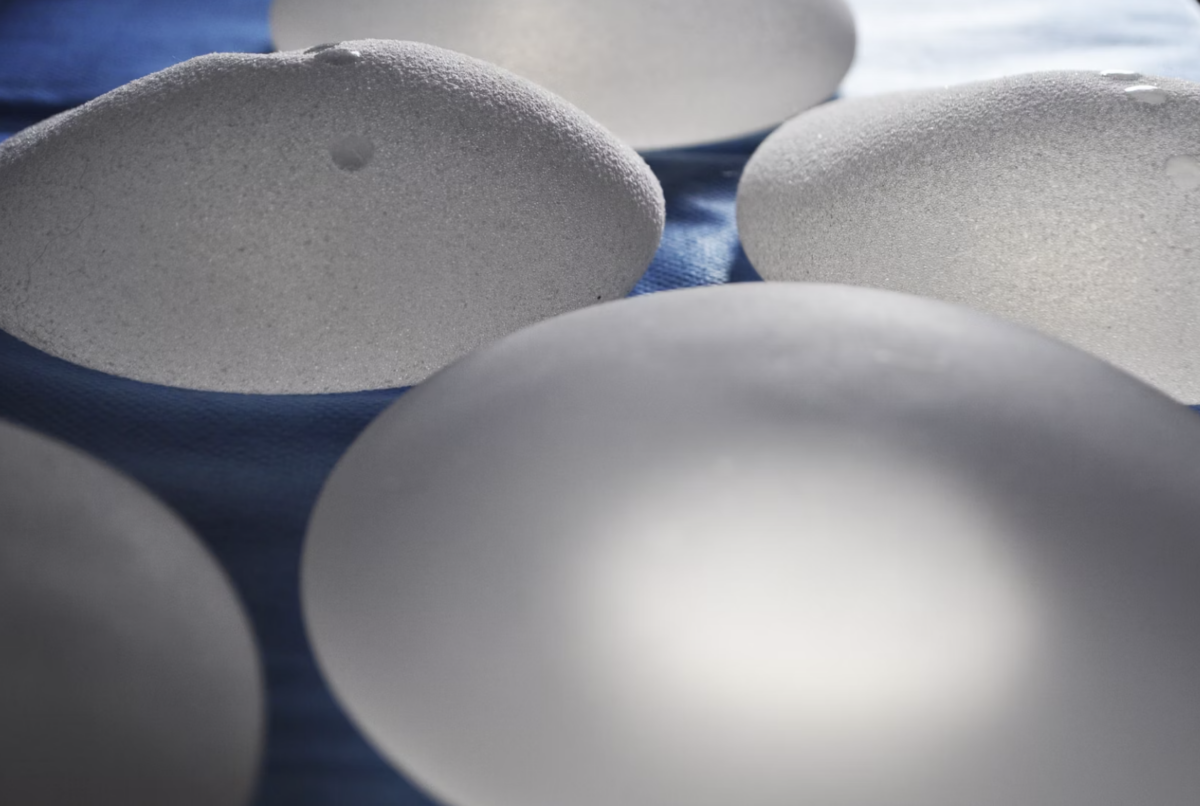Understanding Seroma Fluid: A Common Concern Around Breast Implants

Understanding Seroma Fluid: A Common Concern Around Breast Implants
All cosmetic surgeries carry a risk of complications, and breast implants are no different. One common concern that may arise after breast augmentation is the accumulation of seroma fluid around the breast implant. In this article, we will delve into what seroma fluid is, its causes, symptoms, treatment options, and tips for prevention.
What is Breast Seroma Fluid?
Seroma fluid is a collection of clear or slightly yellowish fluid that can accumulate within the body’s tissues. In the context of breast augmentation, seroma fluid may form around the implant. This fluid buildup occurs when the body’s natural healing process leads to an excess production of fluid in the surgical site. Although seromas can potentially develop after any surgical procedure, they are more commonly associated with breast augmentation surgery.
Breast Seroma Symptoms
The precise cause of seroma formation remains uncertain, but several factors may contribute to its development. These include trauma to the surgical area, inadequate drainage of lymphatic fluid during surgery, excessive physical activity, or an inflammatory response. Symptoms of a seroma may include swelling, pain, tenderness, and a feeling of heaviness or pressure in the breast area. In some cases, a visible or palpable fluid-filled pocket may be noticeable.
Seroma Treatment Options
When seroma fluid is identified around a breast implant, it is crucial to seek medical attention promptly. Treatment options for seromas vary depending on their size and severity. Small seromas may resolve on their own with time, but larger ones may require intervention. The most common approach is needle aspiration, where a healthcare professional uses a syringe to withdraw the accumulated fluid. In some instances, a drainage tube may be inserted to facilitate continuous drainage until the seroma resolves.
Prevention and Post-Operative Care
While it may not always be possible to prevent seroma formation entirely, certain measures can help minimize the risk. Following your surgeon’s post-operative instructions diligently is crucial. This includes avoiding strenuous physical activities and lifting heavy objects during the initial recovery period. Wearing a compression garment as recommended by your surgeon can also help reduce swelling and aid in proper healing. Regular follow-up visits are essential to monitor your healing progress and detect any potential complications, including seroma formation, at an early stage.
Conclusion
Seroma fluid accumulation around breast implants is a known post-operative complication. Understanding the causes, symptoms, treatment options, and preventive measures is vital for individuals undergoing breast augmentation surgery. By being aware of the signs and promptly seeking medical attention, individuals can ensure timely management of seroma fluid, facilitating a smoother and more successful recovery from breast augmentation surgery.
If you have concerns about your breast implants, Implant Health can help. We encourage regular check-ups of your implants to address issues and check for any problems. To get a breast implant check-up, please book an appointment.
Worried about your breast implants?
If you’re worried about your implants, we can help.
The benefits of breast implant checks include the early detection of implant-related problems and the ability to monitor how your breast and implant change over time.